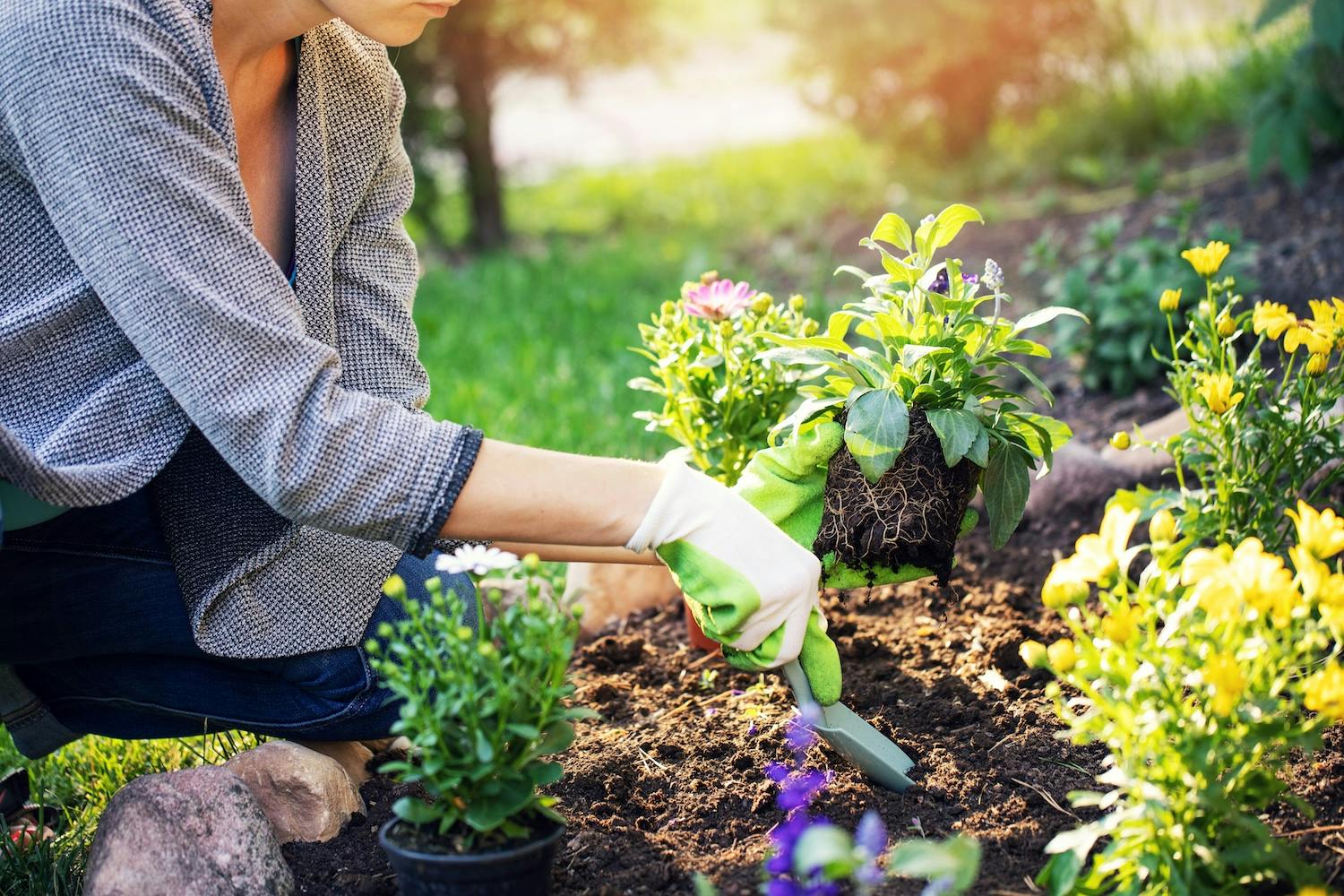- Blog
Healthy Aging & Bone Health
Posted on 07-11-2025 in Hand, Elbow, Wrist & Osteoporosis by Dr. Steven Kronlage

Posted on 07-11-2025 in Hand, Elbow, Wrist & Osteoporosis by Dr. Steven Kronlage
Observing Healthy Aging Month in September is an opportunity to emphasize the physical well-being of older adults. At North Florida Bone & Joint, our focus is on identifying proactive health practices that reduce the risk of orthopaedic injury and conditions and promote an overall active lifestyle. Three primary areas we look to include fall prevention measures, osteoporosis management and establishing a routine exercise program.
Fall Prevention Measures
According to the Centers for Disease Control and Prevention (CDC), falls are the leading cause of fatal and nonfatal injuries in people aged 65 and older. More than one out of four older adults fall each year, but less than half tell their doctor. Common injuries include shoulder and forearm fractures as well as spine, pelvic and hip fractures and head injuries.
Even if the injury is not life-threatening or permanently debilitating, taking a fall at home can be a frightening and life-changing experience, especially for the elderly and those living alone. The Orthopaedic Trauma Association and the American Academy of Orthopaedic Surgeons outline several effective modifications to help reduce your risk of falling in your home that include:
Osteoporosis Management
Healthy bone is continuously being remodeled, which means that small amounts are absorbed in your body as small amounts are replaced. When more bone calcium is absorbed than is replaced, the density (bone mass) is reduced. Osteoporosis develops when the bone is no longer replaced as quickly as it is removed, and over time it causes the bone to become progressively weaker, increasing the risk that it may break. While the exact medical cause of the condition is still unknown, osteoporosis causes more than 2 million fractures annually. However, several factors contribute to its development, including aging, heredity, hormones, physical inactivity, smoking, and excessive alcohol intake.
A gradual loss of bone mass generally begins around age 35 for everyone, and after growth is complete, women ultimately lose 30% to 50% of their bone density while men lose 20% to 30%. Bone loss occurs mainly in the lower forearm above the wrist, spine, upper femur or thigh. However, the rate of progression and the effects can be modified with proper early diagnosis and treatment. Proactive measures for bone health include:
Routine Exercise Program
A safe, routine exercise program can help reduce the progression of osteoporosis, as mentioned above, in addition to other significant orthopaedic health benefits. Building an effective exercise program should always start by consulting your physician, especially if you have a heart problem or history of heart disease. Together, you can discuss your goals and identify activities you enjoy and can do regularly. A few options to consider include:
To consult one of our fellowship-trained physicians at The Hand Center about an upper extremity issue resulting from a fall, discuss treatment options for a chronic condition or proactive strategies to manage your bone health, call 850.807.4200 or schedule an appointment online.

Springtime in North Florida is the perfect season for gardening, but hours spent planting, pruning, and digging can take a toll on your body. At North Florida Bone & Joint Specialists, we often see patients with gardening-related injuries affecting the hands, upper extremities, shoulders, and knees. Whether you're a weekend hobbyist or an avid green thumb, practicing proper ergonomics can help ensure you stay injury-free while you enjoy your time outdoors.

Hand Therapy services at our Pensacola office, located on 9th Avenue, and our Gulf Breeze location at the Andrews Institute for Orthopaedics & Sports Medicine (Ste. 209) provide an opportunity to treat both acute and chronic conditions or injuries of the hand, wrist, elbow, and shoulder. At North Florida Bone & Joint Specialists, our fellowship-trained surgeons work closely with our exceptional Certified Hand Therapists to develop a comprehensive course of treatment to improve outcomes related to conditions and injuries of the upper extremities, including the following:

Arthritis is the degenerative process through which a joint space loses its “cushioning” due to injury, illness or the natural process of aging. Translated to “inflammation of the joint,” this painful condition is the leading cause of musculoskeletal pain and can be found in almost every part of the body. As we make our way into May for National Arthritis Awareness Month, it’s important to recognize the symptoms, causes, and risk factors and explore non-surgical treatment options such as hyaluronic acid injections.